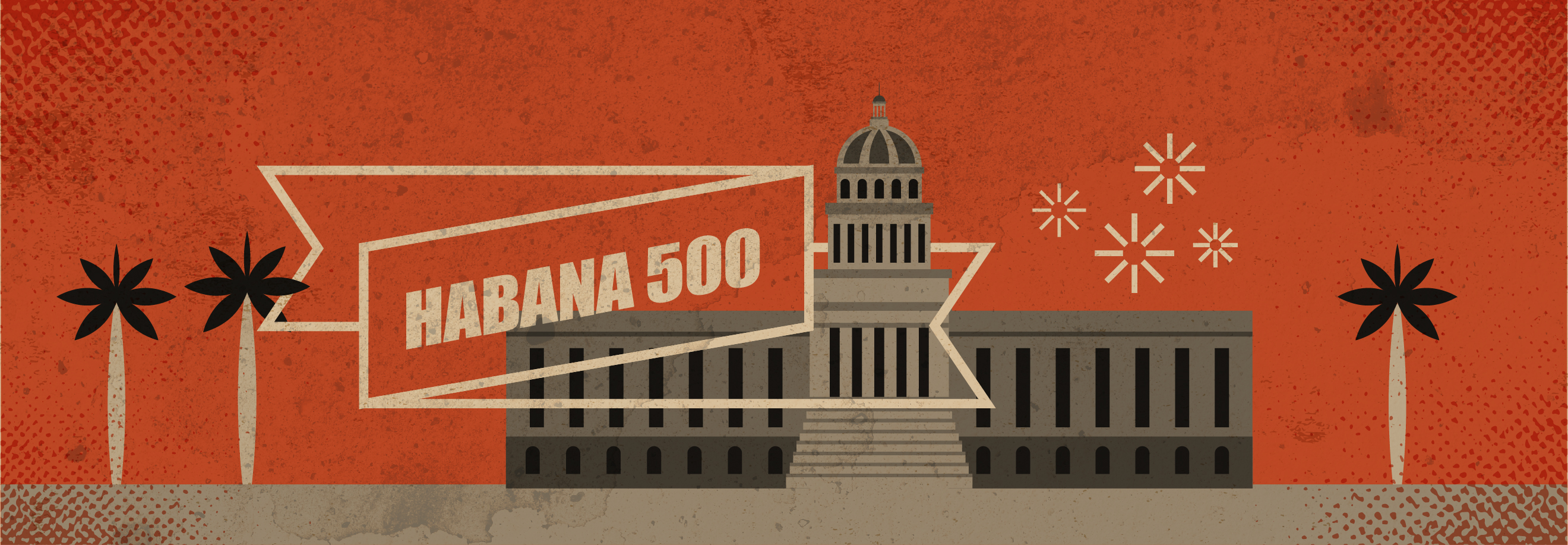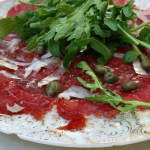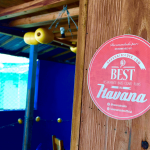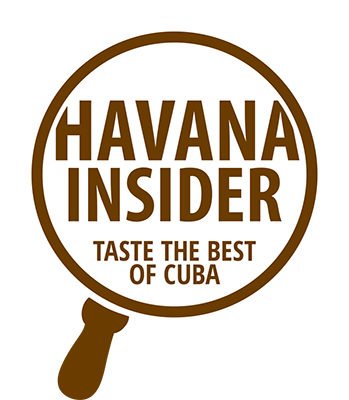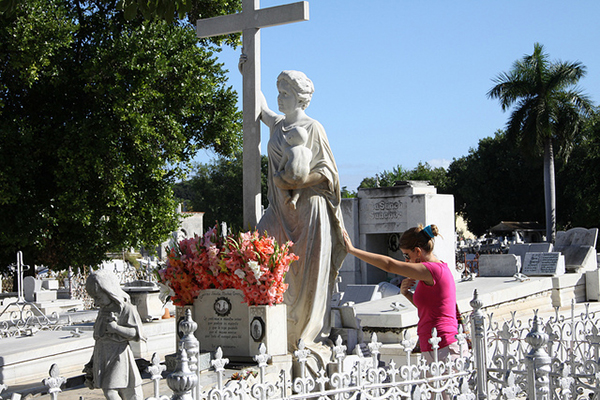
Also known as Cristóbal Colón Necropolis, named in honor of Christopher Columbus, the majestic Cementerio de Colón (Colón Cemetery) is the resting place of many of Cuba’s revolutionary heroes, Spanish bishops, sports stars and musicians – even writer Ernest Hemingway’s dogs. The Gate of Peace, consisting of three giant Romanesque-Byzantine arches, opens up to a 136-acre graveyard lined with mausoleums, vaults, crypts, chapels and solemn sculptures, making it the biggest graveyard in Latin America. The cemetery has become known nowadays more than a burial ground, but a place that showcases Cuban history and architecture. Fidel Castro made his first public “act” before the revolution when he leapt onto the grave of Cuba’s anti-corruption crusader, Eduardo Chibas, to denounce the corrupt Cuban government. The cemetery was designed in 1870s by Spanish architect Calixto de Loira, who is also the first resident to the burial ground, interred before he could finish the project.
One of the biggest attractions inside is an octagonal chapel, where the most visited tomb holds the remains of Amedlia Goyre de la Hoz, known as the “The Miraculous One.” Legend has is that when she was buried, her deceased child was placed at her feet, but when they opened her grave years later, the child was in her arms. Faithful believers worship her as the protector of pregnant women and children. Many believe supplicants must touch the tomb three times, walk around her tomb but never turn their backs to the grave after making a request. Admission fee for visitors is $1 CUC.



